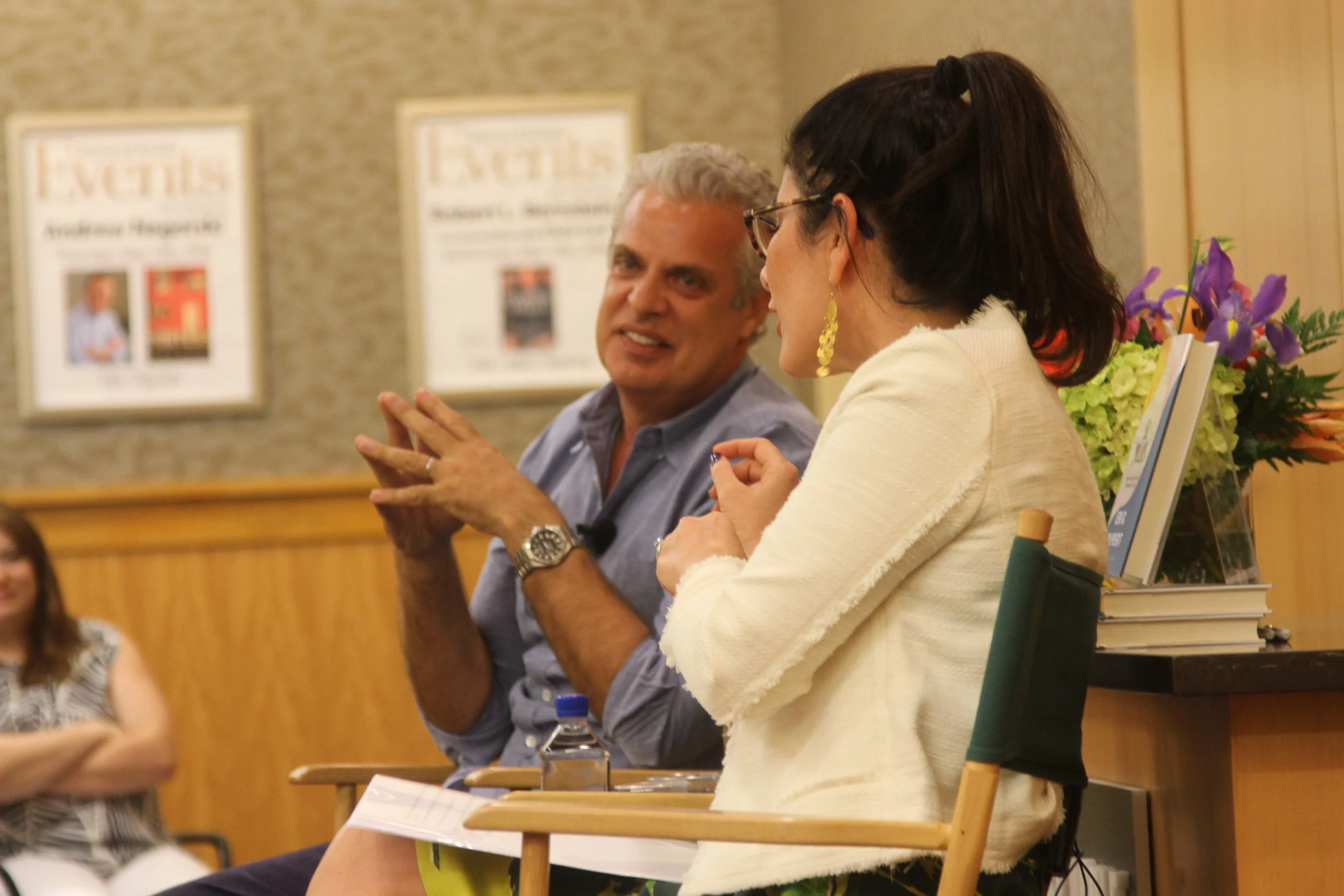Ruth Reichl et al @ Rizzoli Books
Last night at Rizzoli books, Sylvia Killingsworth and Ruth Reichl launched the first edition of Best American Food Writing in a conversation with contributors Francis Lam and my personal favorite writer Helen Rosner. Killingsworth, the series editor, led the conversation. Reichl edited the new 2018 edition, bringing in stories from many outlets including some you may not expect, from ESPN Magazine to Harper’s to Thrillist. Topics range from Mario Batali (Rosner) to pb&j sandwiches to whale hunting in Alaska’s native communities to free lunch programs.
Killingsworth started by asking her contributors how they got their start in food writing. “I grew up eating, and it stuck with me.” As someone who spent her college years in rural Massachusetts regularly refreshing Gawker, she moved to NYC in 2004, “the year that New York restaurants changed, when we got comfortable with food as more than a niche thing and an important part of the culture.” Lam had arrived a few years earlier but had the same early 2000’s NYC experience. “I was lost, 24, and had always loved food in a deep emotional way” that connected him to his family. He was thinking of getting a graduate degree in anthropology or something related, but “studying felt so removed from my hands, from the work of making food,” and went to culinary school instead. His email dispatches to friends turned into a regular writing gig, and then a career. Reichl said, “there weren’t that many good food writers at the time – it was open to anyone who was smart and a great writer.”
“Everyone has a food story – everyone eats, and then if you can’t that’s a story as well,” said Killingsworth. Lam started to say that food stories are largely about people, but Reichl and Rosner pointed out that they can and often are so much more – about race, gender, sports, business, science, history. “There’s so food writing, that’s not a thing. There’s food writing about art, about politics,” said Rosner. Reichl: “People like food, so you can seduce them with that and then hit them with whatever you want!” Lam agreed, “it’s the ultimate bait and switch.”
Rosner mentioned a story she wrote about chicken tenders that was really about how one can become numb to joy, how any amount of beauty or indulgence can become something that you need a break from. Much of her writing is about “how I find solace and a sense of self in the banal. It’s all therapy…if you’re going to write about food or yourself you need to be able to access that.”
Reichl said she’s excited to inaugurate this new series largely because there are so many good writers now in new and old spaces. The second half of the conversation was dominated by discussion of this, and what the writers are excited about in the food writing industry now. “What I am hopeful for and think I’m seeing encouraging signs of is increasing diversity of voices. People of color, lgbtq, coming to this work with a strong sense of who they are and the community they speak from. Who gets to be imperfect in the public eye, who gets to make mistakes and recover in a public way, and how many people don’t ever have the luxury of saying anything but ‘oh I’m just happy to be here!’ at the risk of being disinvited from the conversation,” said Lam.
Rosner added, “The presumed audience of everything is expanding. Not everyone is writing or cooking for a straight white person, and our understanding of who we are is broadening.” So it’s a good thing that this will be a regular series, with a whole new edition next year with a new slate of stories.








